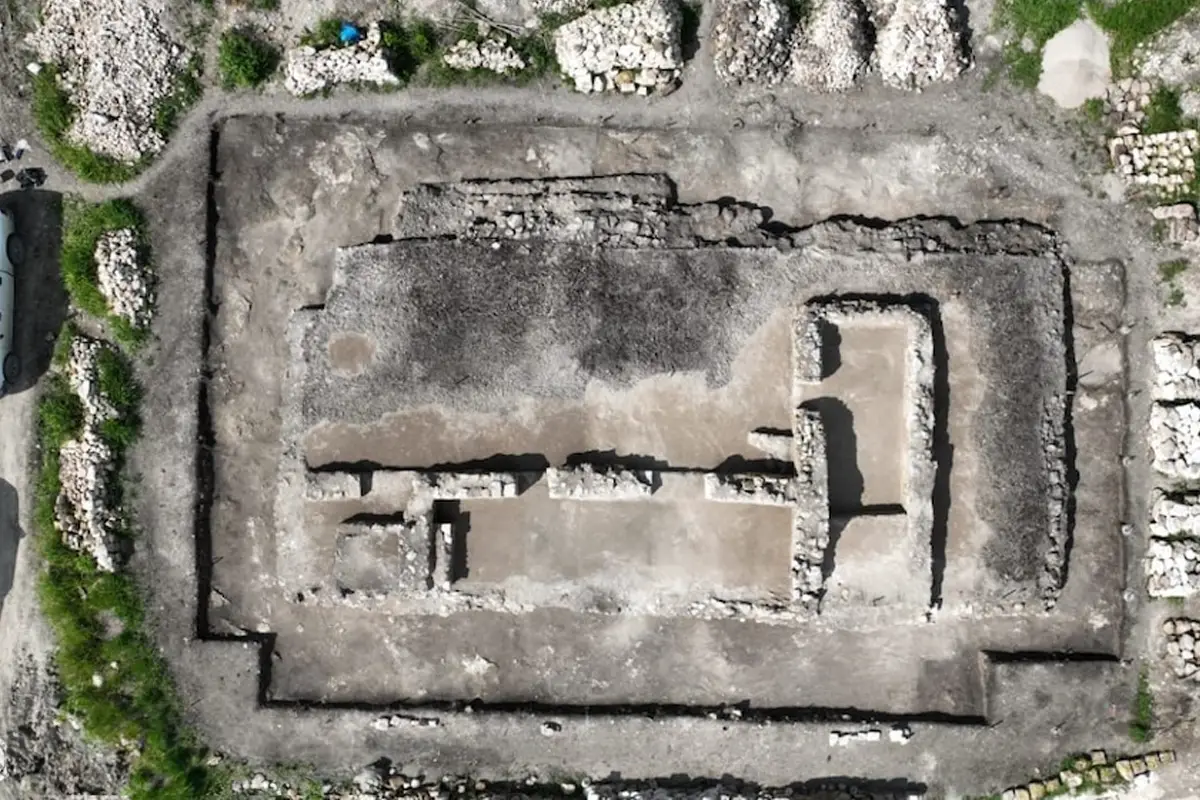Construction works for a road in Section 7 of the Mayan Train have uncovered elite Petén style structures near Kohunlich in the state of Quintana Roo, Mexico.
Kohunlich is a large Maya polity that served as a regional centre along the trade routes through the southern Yucatán.
The site was first settled around 200 BC, with the majority of its monuments being built between AD 250 to AD 600 during the Early Classic Period.
The city features elevated platforms, plazas, pyramids, and citadels, all enclosed by palace platforms. The layout of Kohunlich was carefully arranged to direct drainage into a network of cisterns and a massive reservoir for rainwater collection.
Construction works for a road on the periphery of Kohunlich have resulted in the discovery of elite structures in the Petén style, a distinct type of Maya architecture and inscription style.
Archaeologists have identified seven structures in total, interpreted to be elite homesteads of a domestic nature that were used for agricultural activities.
Most of the structures have a rectangular plan and vaulted rooms adorned with decorative Petén style elements.
Given their archaeological importance, experts from the National Institute of Anthropology and History (INAH) have registered the monuments for protection.
Consequently, the planned route of the road has been redirected to preserve the structures in situ, where they will be preserved and open to the public in the near future.
Excavations also unearthed various archaeological materials, including ceramics, shells, fragments of human bone, and objects intentionally buried as offerings likely during the construction of the homesteads for protection.
Header Image Credit : Maya Train
Sources : National Institute of Anthropology and History





